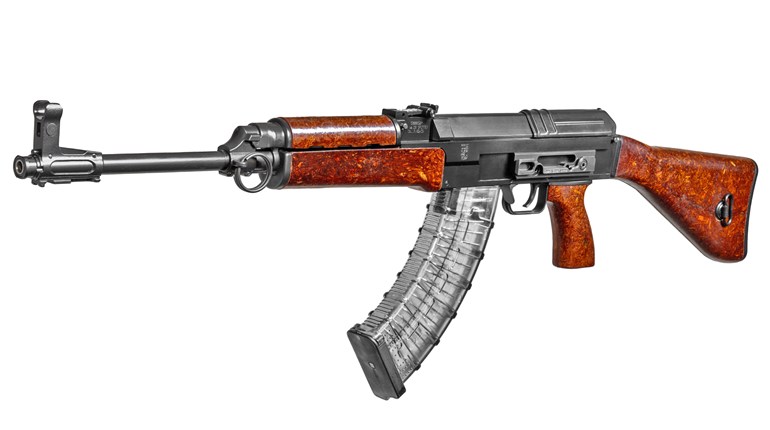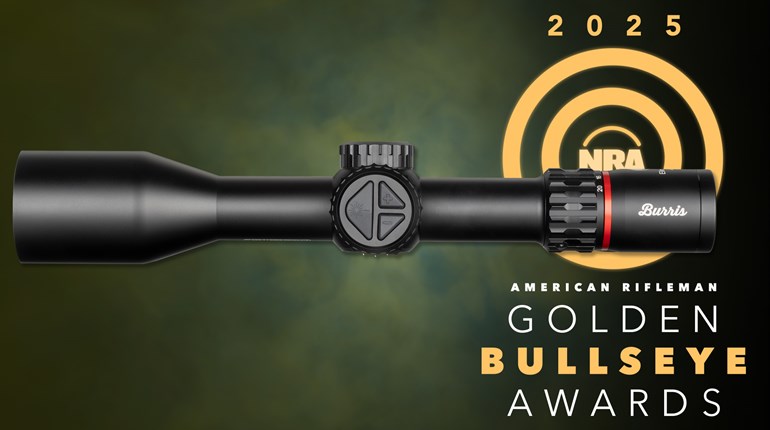
Recently I got interested in looking up the statistics to see what the average citizen gunfight actually looked like. Initially, I found that the FBI annual report doesn’t cover gunfight information where armed citizens are defending themselves, and there is good reason to believe that their data regarding police-involved shootings doesn’t readily translate to those involving citizens and crooks. However, several defensive trainers and researchers have collected data that sheds light on the subject.
Collectively, this research might be called the “3-3-3 Rule.” That is, most citizen-involved shootings occur in the vicinity of 3 yards, with an average of three shots fired and the fight is over, one way or another, in about 3 seconds. It appears that, if we don’t take the 3-3-3 rule literally, this is a fairly accurate description of what the armed citizen will probably face when fighting for their life, or that of their family.
So does this mean that we really don’t have to practice all that much; I mean, how hard can it be to hit a man-size target at 3 yards? And, three shots being the average, why would we need to burden ourselves with all that extra ammo? And three seconds; well, at least whatever is going to happen is sure going to be over in a hurry. Well, I might point out that, in a gunfight, being the exception to the rule can be pure hell.
In truth, our focus should not be on what is average, but on the worst-case scenario. Practicing for speed and accuracy at various ranges, out to at least 25 yards, builds confidence as well as ability. Being able to make head shots at 25 yards on a regular basis makes delivering a vital zone shot at 3 yards a piece of cake. Self-confidence based upon actual ability is tough to beat.
And we carry extra ammo because extra ammo may very well be needed. That defensive gun may malfunction, requiring a quick reload. Or, being the exception to the rule, this might be the time that the armed citizen learns that crooks often run in packs.
In addition, taking a broad, realistic look at citizen defense situations may well dictate the kind of gear we carry. While an ultra-light handgun in one of the medium calibers might take care of that 3-yard fight, it might not be the best choice when the actual fight turns out to be at 15 yards against multiple attackers. It could also present problems if you have to shoot through glass or sheetrock.
So I think it is a mighty good idea to sort of set the averages aside and think in terms of realistic worst-case scenarios. If those are what you train and practice for then you are more likely to successfully handle the close-range stuff, should that turn out to be the case.


































